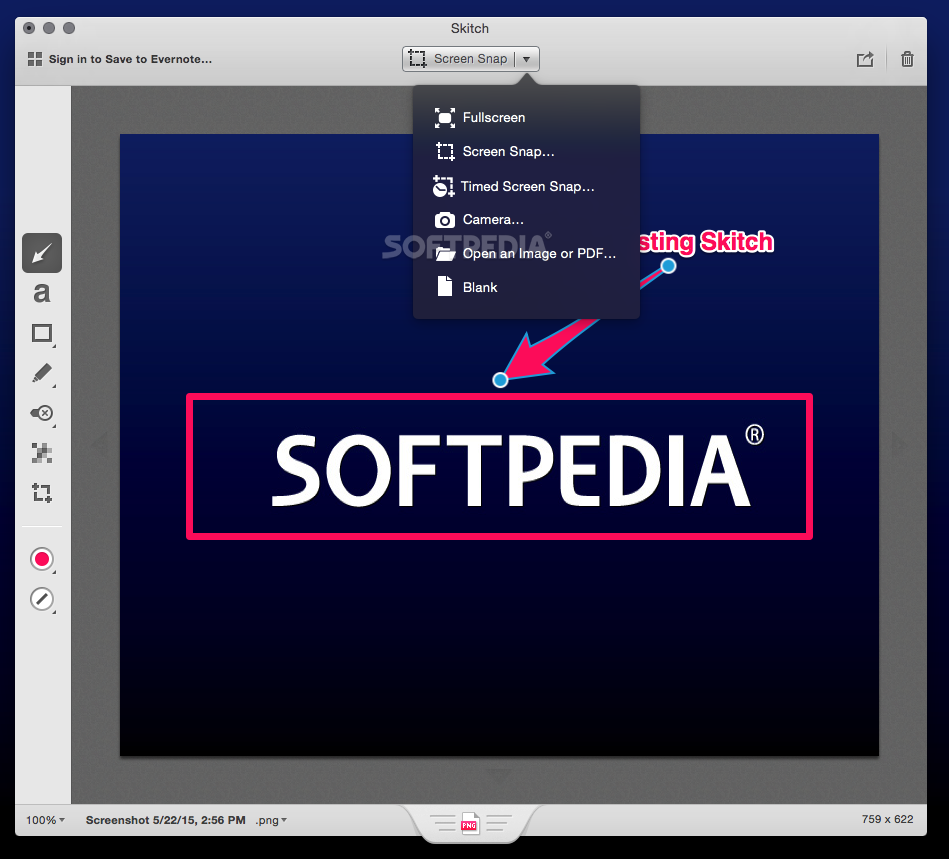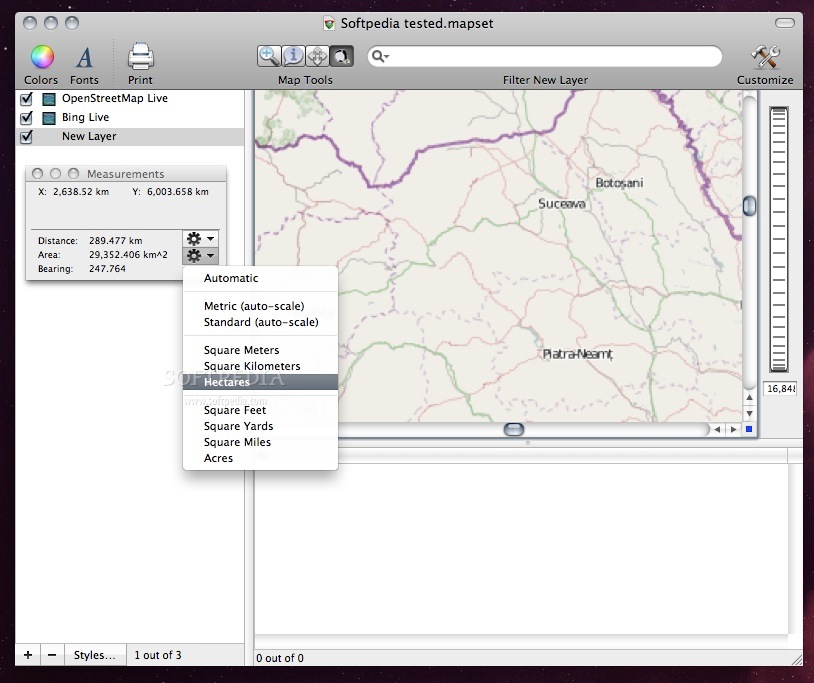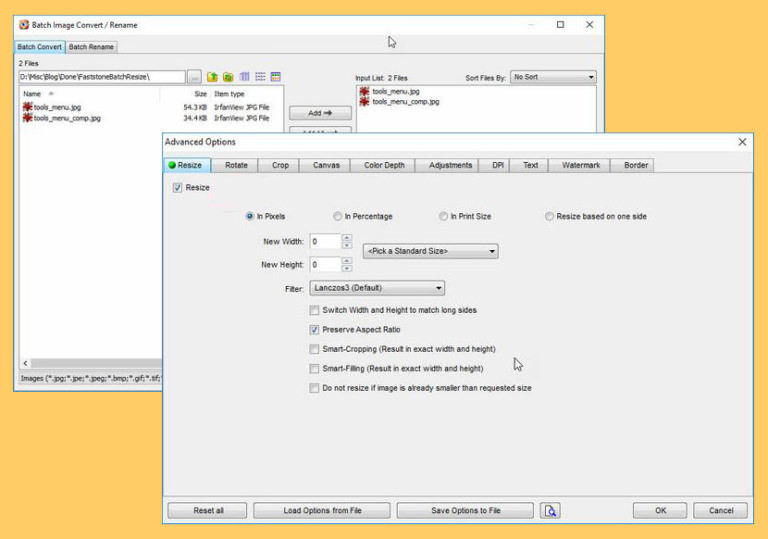

Knowing a little bit about the command line comes in handy when you are working in stored procedures in SQL Server and you need to export data to files. If it already exists it will be overwritten with the new content. If the file doesn’t yet exist it will be created. The folders.txt is the name of the file that the output is sent to. The > says to send the output to the following. The /a specifies that we want to display files/folders that have specified attributes and the d specifies that we want to display directories. The /o specifies the sort order and the n is alphabetic by name. The /b forces bare format which has no heading or summary information.
Xnviewmp add text windows#
An easy way to open a command prompt in a folder that is deep down a hierarchy is to use Windows Explorer to navigate to it, click in the Address Bar, type cmd, and press the Enter key. The following command at the command line in Windows creates a file called folders.txt with a list of the folder names.ĭir is the directory command. How would you get a list of folders in a directory (folder)? If you want all of the subdirectories you would add the /s switch to the following. Use the DOS redirect character > to do this. You can search on the Internet for DOS Escape Characters for more information or just go to Rob van der Woude’s page.ĭo you want to save DOS output in a text file? For example, do you want a list of all files and folders in a directory (folder) to be saved in a text file so that you can then copy and paste that list into Excel for further analysis? Perhaps you have your own similar use case. You can override that interpretation by escaping those characters.

The less than and greater than characters are redirection commands for DOS. The only way to add the third line (the xml prolog) is to use the escape character ^. You don’t want to keep overwriting the previous command with >. A use-case for wanting to append and not overwrite, is when you are recording a session at the command prompt and you want to create a log file. If you want to overwrite, you can use the > character, as discussed below. The > characters appends and does not overwrite. type – send the contents of the specified file to the console.
Xnviewmp add text code#
The code listing below shows the use of the following commands. To increase the size of the text and the window, hold down the Ctrl key and push the wheel of the mouse (if you have a wheel) foreward. Below is a session at the command prompt that illustrates that. Navigate to the directory that contains your file. In Windows, you could right-click the Start button and select Run and type cmd and press the Enter key. How do you do that? Open a command prompt. After that you want to add another line of text how are you? to the end of the file. You want to add the text hello world to the end of the file.

Suppose you have an existing file C:\test\myfile.txt. You may have a need to append some text to a file.


 0 kommentar(er)
0 kommentar(er)
